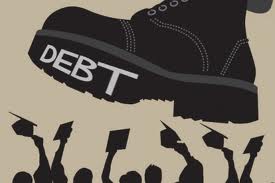David Trend
In the world of academia, where the pursuit of knowledge and excellence in teaching are paramount, one might assume that evaluation methods would be impartial and objective. However, a thought-provoking article by David Delgado Shorter, a UCLA Professor of World Arts and Cultures, sheds light on the problematic nature of student evaluations. In his article titled “Teaching Evaluations Are Racist, Sexist, And Often Useless: It’s Time To Put These Flawed Measures In Their Place,” Shorter questions the validity and fairness of using student evaluations as a basis for academic merit and promotion decisions.
Shorter’s journey into this subject began when he reviewed his own teaching evaluations from the previous years, aiming to compile them for promotion purposes. What he found was a mixture of bizarre comments and personal narratives that had little to do with the actual course content. He realized that this was not an isolated incident; many of his Black and Asian colleagues, especially women, faced even more problematic evaluations.














